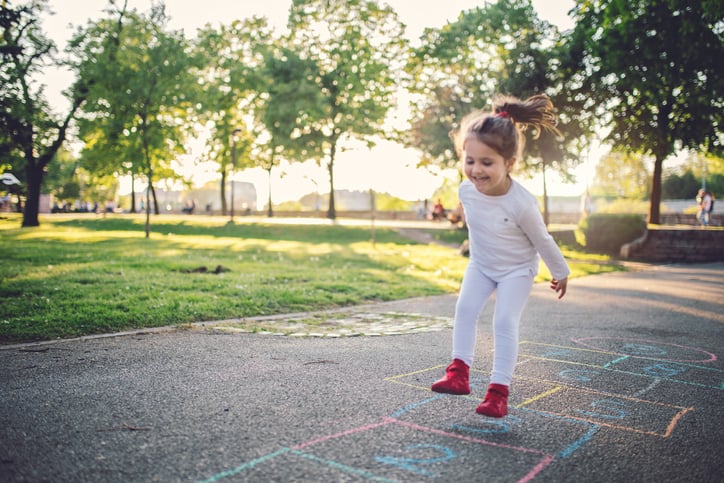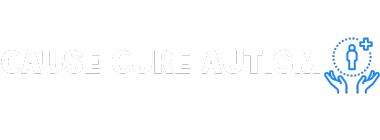
Witnessing the evolution of early childhood development is truly awe-inspiring, with each passing year unveiling new surprises and accomplishments. However, the advancements seen in a 4-year-old’s physical growth are especially intriguing. This phase signifies a crucial period in a child’s physical development, with significant milestones that set the stage for more intricate movements and activities in the future.
The Quantum Leap in Physical Development
At the age of 4, children achieve significant physical development milestones. This is when they enhance skills like balance, coordination, and strength. These improvements empower them to conquer tasks that were once daunting, such as hopping on one foot, maneuvering through playground structures with newfound agility, and confidently pedaling a tricycle. These milestones not only indicate physical growth but also offer valuable insights into a child’s motor skills development.

Key Milestones and Their Influence
- Enhanced Balance: Improving control over body movements enables 4-year-olds to engage in activities requiring stability and coordination. For example, balancing on one foot or walking a straight line becomes achievable, demonstrating significant enhancements in their equilibrium and overall motor control.
- Increased Coordination: The fine-tuning of coordination between hands, eyes, and body parts opens the door for children to tackle more complex tasks. This is evident as they construct intricate structures with blocks or solve puzzles with multiple pieces, activities that entertain and stimulate cognitive development.
- Enhanced Strength: Muscle development reaches a point where children can participate in more robust physical activities. This newfound strength is visible as they climb playground equipment effortlessly or swing independently, fostering physical fitness and confidence.
- Mastering the Art of Hopping on One Foot: Achieving consistent balance and coordination improvements, 4-year-olds demonstrate their skills by hopping multiple times on one foot without losing balance. This activity is not just enjoyable but a clear indication of advancing motor skills.
- Refining Climbing Abilities: Navigating through more challenging physical environments, like climbing ladders or trees, highlights the agility and confidence children gain at this age. It stresses the importance of providing safe yet challenging play opportunities to nurture these skills.
- Proficiency in Tricycle Riding: Mastering the coordination of pedaling, steering, and balancing to ride a tricycle represents a complex skill marking a significant milestone in a child’s physical growth. It not only fosters independence but also sharpens motor skills and spatial awareness.

Warning Signs to Monitor
While celebrating the developmental milestones of 4-year-olds, paying attention to signs that might indicate a necessity for extra attention or intervention is crucial. Being proactive can ensure your child continues to flourish and enjoy their learning and progress.
- Developmental Delays: Every child progresses at their own pace, but notable delays in physical milestones like balance, coordination, and muscle strength could signal a need for a conversation with your child’s pediatrician. If your child struggles significantly with activities like hopping on one foot or riding tricycles while most peers excel, further investigation may be warranted.
- Regression: An often-overlooked sign to watch for is regression, where your child loses skills they once possessed. Whether it’s a sudden disinterest in physical activities they used to enjoy or a visible decline in coordination, regression could indicate a need for additional support.
- Social Withdrawal: While not solely a physical milestone, a child’s engagement in play, especially group activities, reflects their overall development. A sudden withdrawal from interactive play or a lack of interest in socializing with peers might suggest discomfort or challenges extending beyond shyness.
- Frustration with Simple Tasks: Monitor if your child shows persistent frustration with activities involving fine motor skills, such as buttoning clothes or using scissors. While some frustration is normal in skill acquisition, ongoing difficulties could indicate a need for specialized support to enhance their dexterity and motor skills.

Next Steps
If you notice any of these signs or have other concerns about your child’s development, the first step is to have an open conversation with your child’s healthcare provider. Sharing your observations and concerns can help determine whether a developmental screening or evaluation is needed.
- Seeking Specialist Advice: If further assessment is recommended, don’t hesitate to consult specialists who can provide comprehensive evaluations. Occupational therapists, for instance, can offer insights into physical development and recommend activities or interventions to support your child’s growth.
- Early Intervention Programs: Many regions offer early intervention programs for children displaying signs of developmental delays. These programs deliver services like physical therapy, occupational therapy, and speech therapy tailored to your child’s requirements. The sooner these interventions commence, the more effective they can be in supporting your child’s development.
- Empowering Yourself with Knowledge: Educating yourself about typical developmental milestones and the broad range of normal developmental variations can be empowering. Resources like the CDC’s Milestone Tracker App can serve as a valuable tool for monitoring your child’s progress and understanding what to anticipate at various stages.
Nurturing Growth and Development
Comprehending these physical milestones is imperative for parents, caregivers, and educators as it enables them to support children’s development more effectively. Providing opportunities that encourage the refinement of these skills is essential. Remember, every child’s development is unique, and variances are common. Staying informed, observant, and proactive can make a significant difference in supporting your child’s journey through these foundational years. Celebrating every accomplishment, irrespective of its size, fosters a positive environment for growth and motivates children to embrace new challenges.

The physical development of 4-year-olds exemplifies a complex interplay of growth, learning, and exploration. Understanding the nuances of these milestones offers a deeper appreciation for the remarkable transitions observed during early childhood. It’s a voyage that requires patience, encouragement, and a nurturing environment, where each milestone achieved acts as a stepping stone to the next adventure in a child’s life.
This article is part of a 5-part series on Developmental Milestones in 4-Year-Olds. The other articles in this series include:
- Four Critical Areas of Development for 4-Year-Olds
- Physical Development in 4-Year-Olds (this article)
- Cognitive Milestones in 4-Year-Olds
- Language & Communication in 4-Year-Olds
- Social & Emotional Development of 4-Year-Olds


